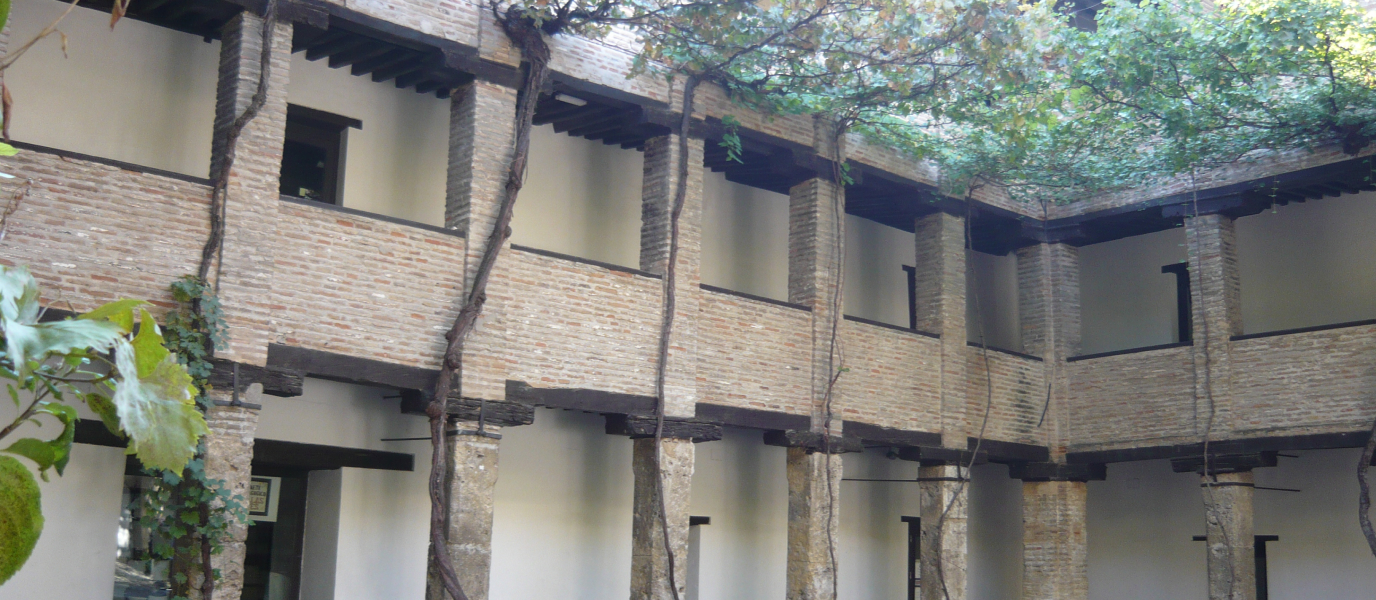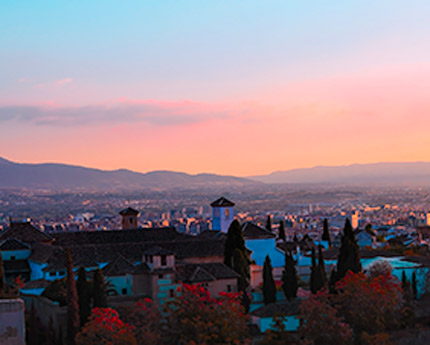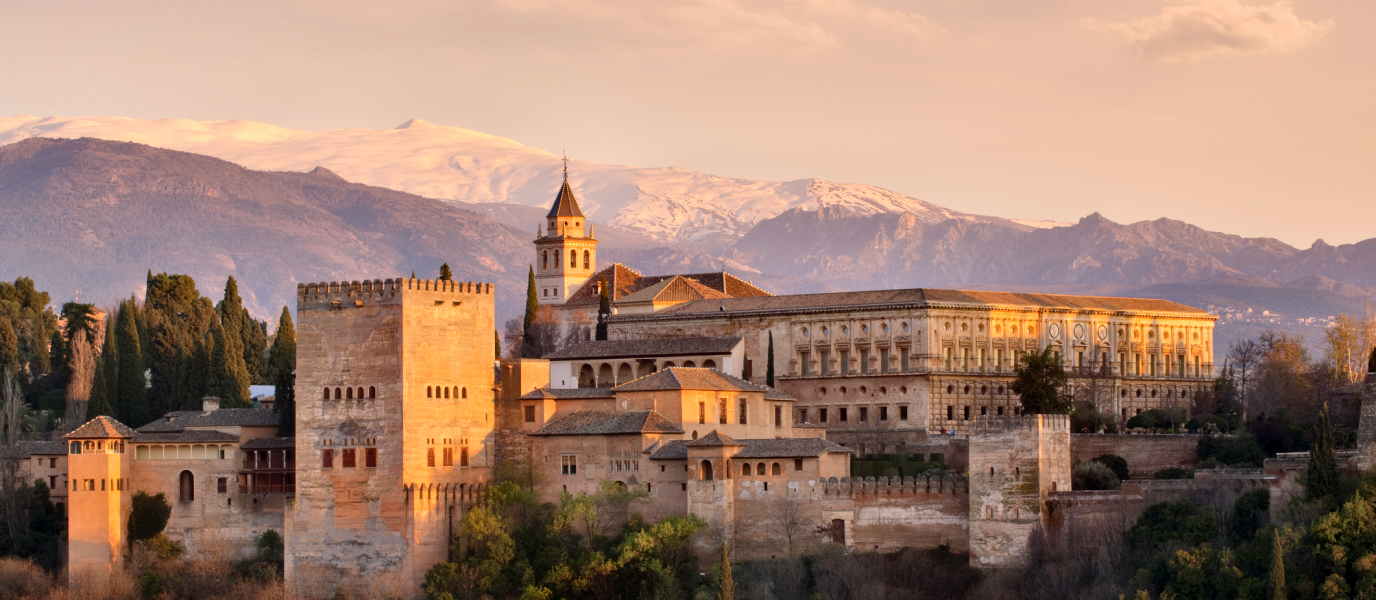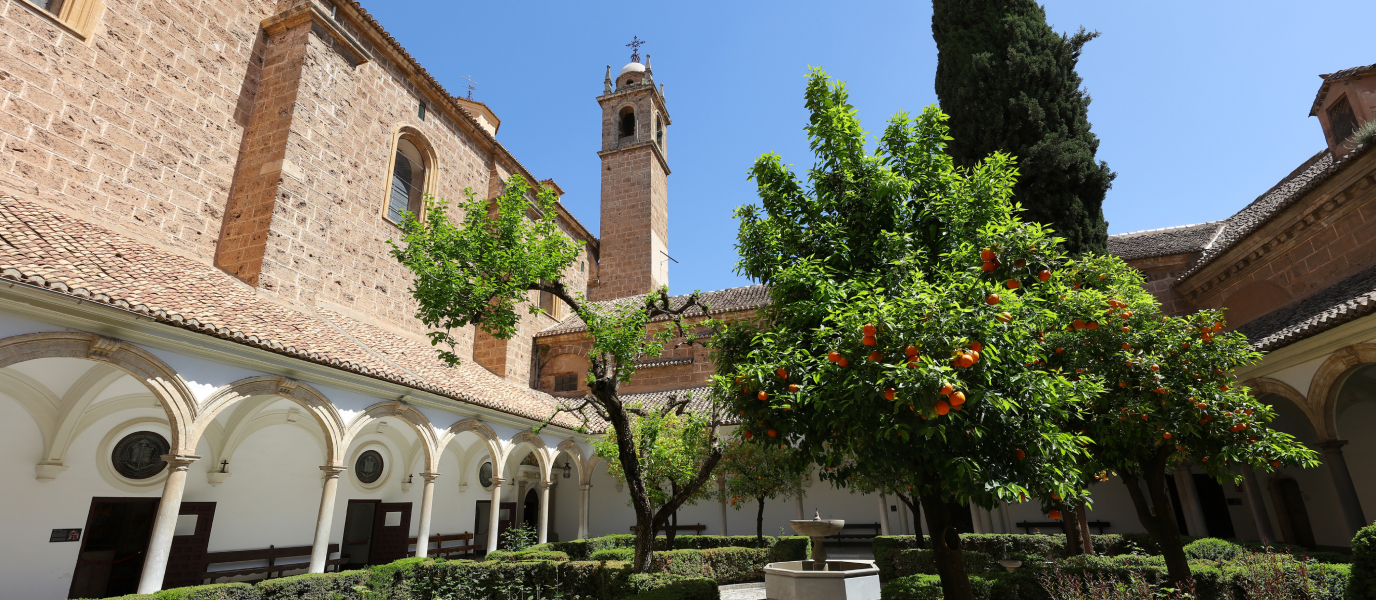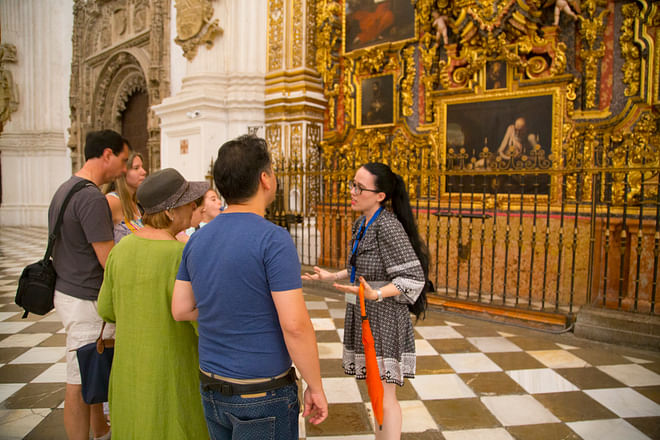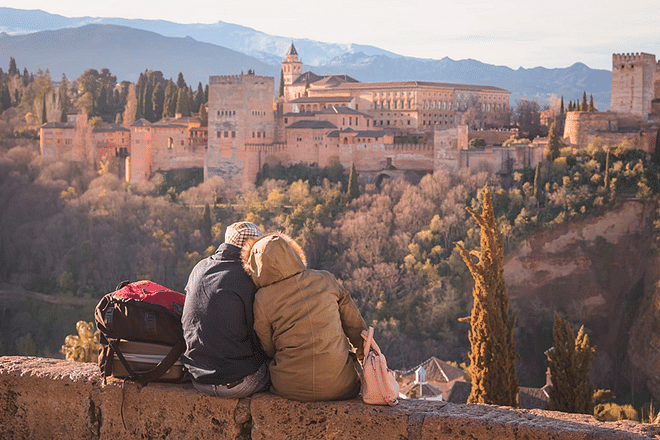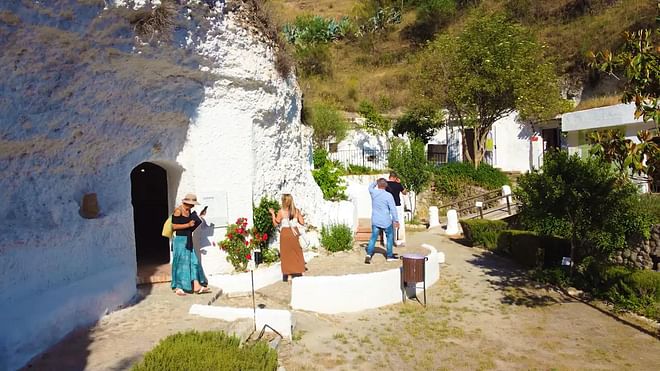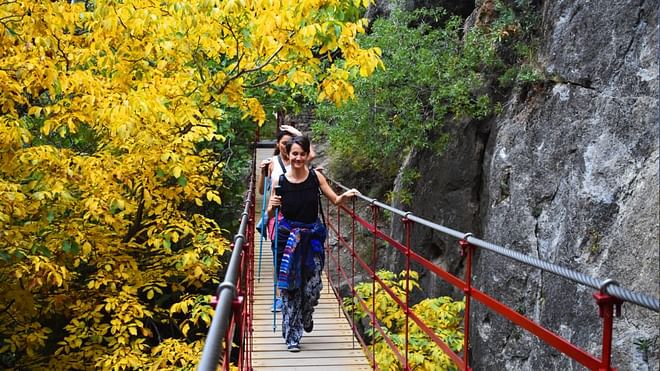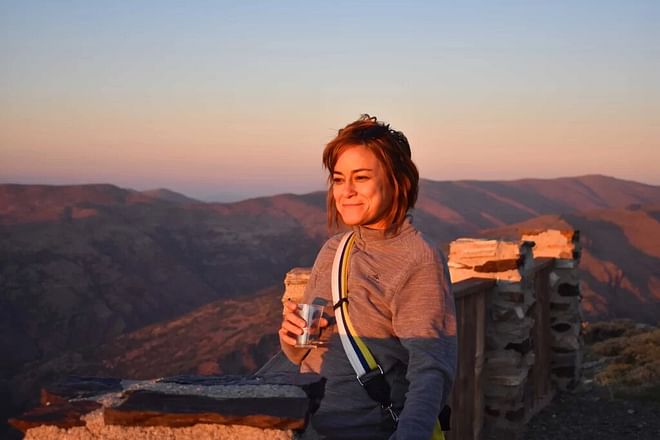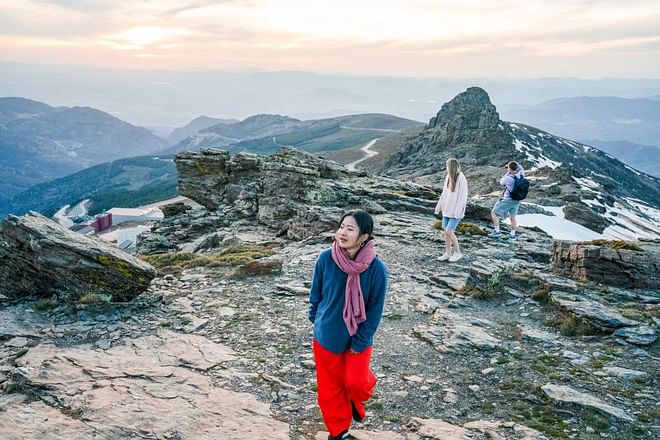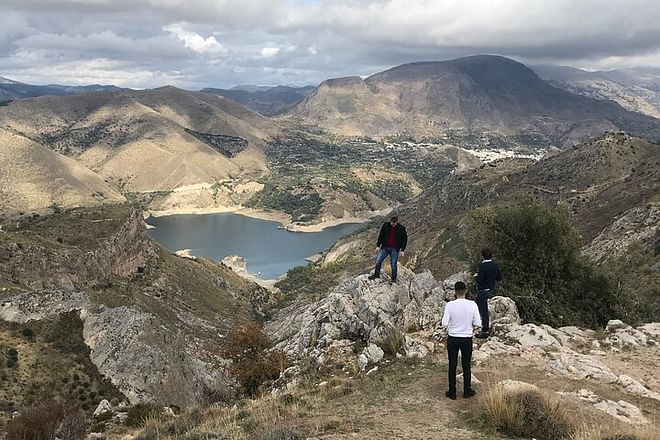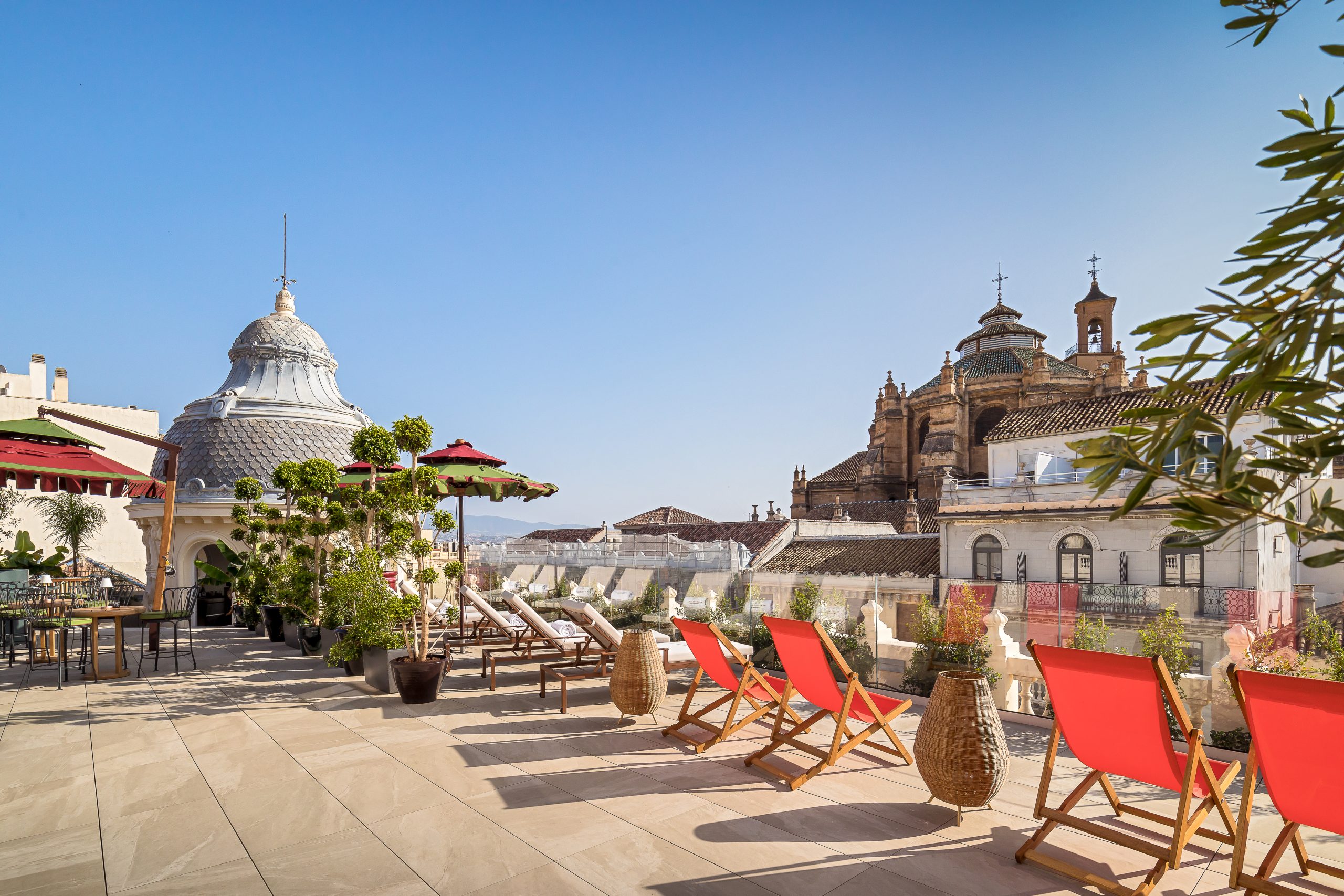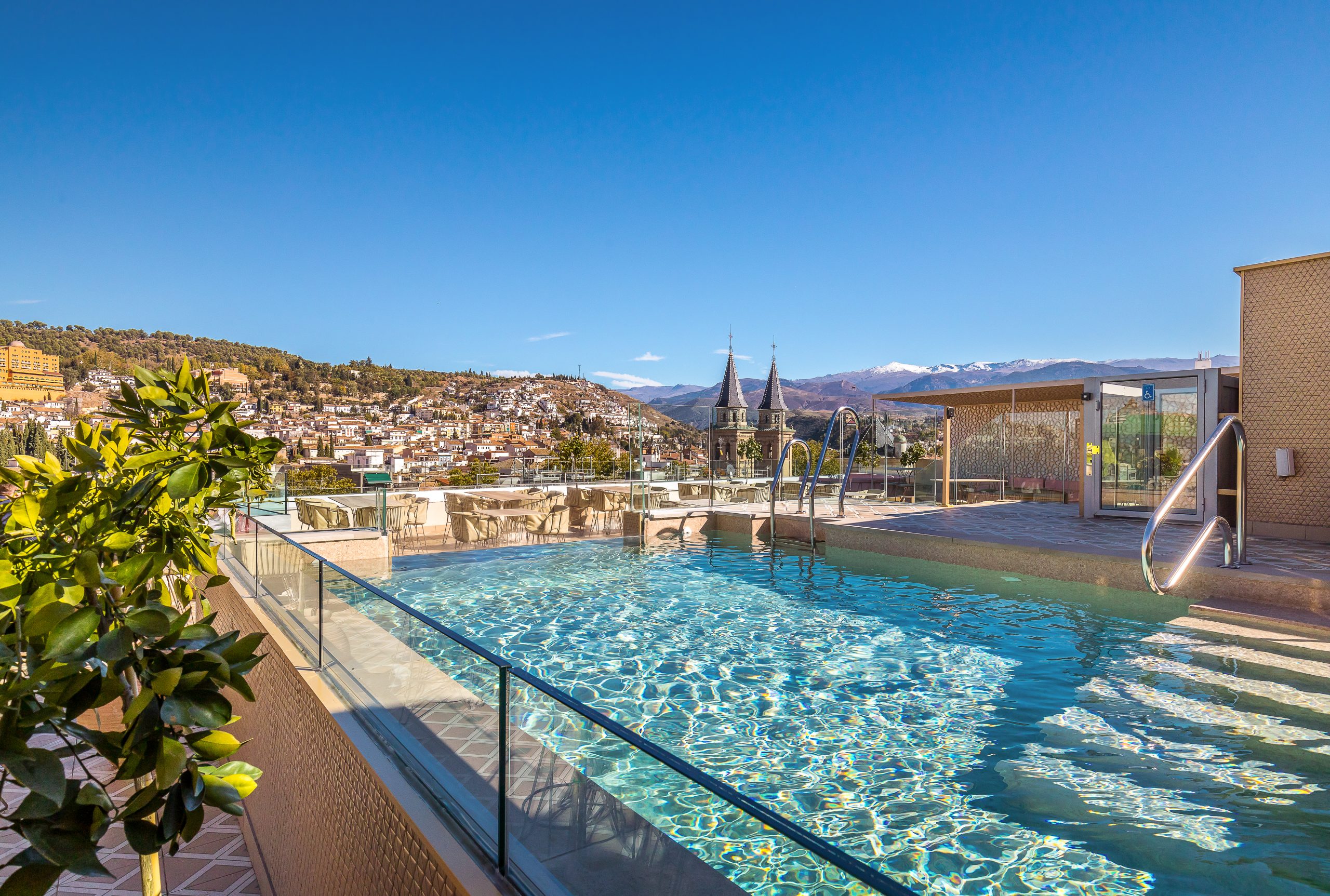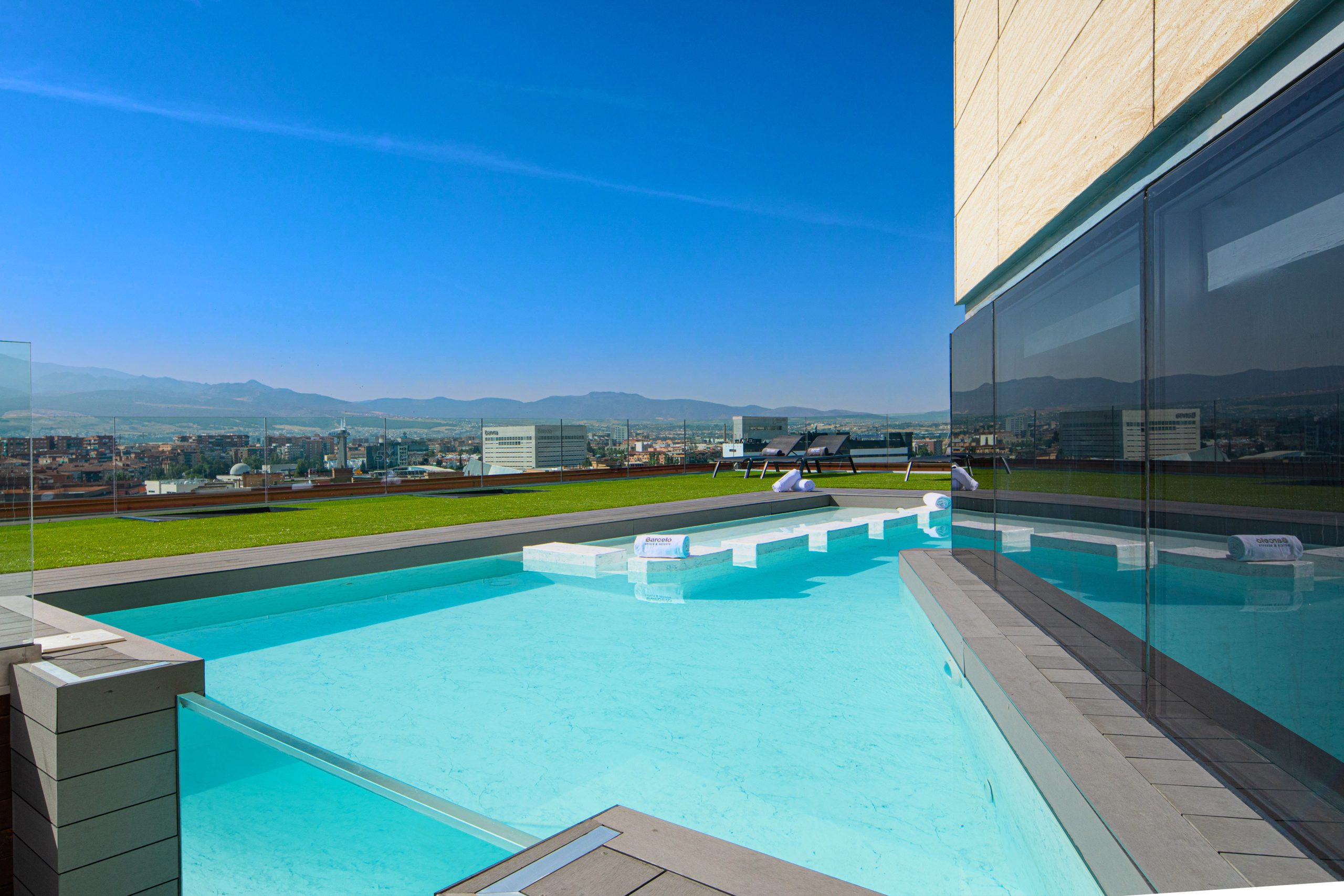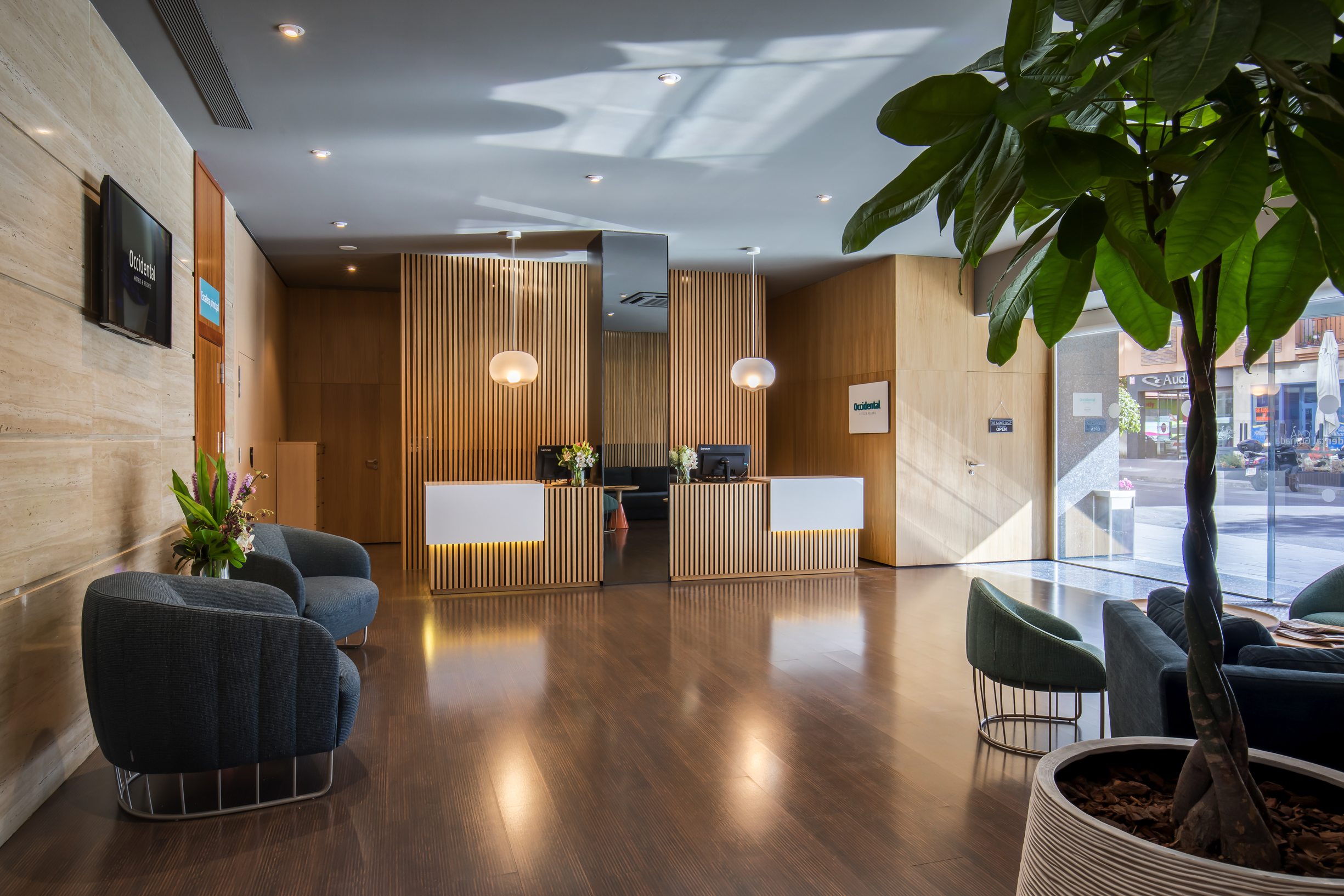Corral del Carbón has had various uses over the years. Located on Calle Mariana Pineda in Granada’s historic medina quarter, it was built prior to 1336, during the rule of the Nasrid King Yusuf I, as a place for grain to be traded and stored and for travelling merchants to keep their goods. This is the only Nasrid grain exchange that remains completely intact in Spain. However, following the conquest of Granada, the building was adapted for a number of uses: an inn for coal merchants—to which it owes its name—, an open-air playhouse and then a tenement house. It was declared a National Historic-Artistic Monument in the 20th century and later acquired by the state for restoration. It currently houses the offices of the Granada City Orchestra and recently hosted the city’s International Music and Dance Festival. In the summer, the gorgeous main courtyard is the setting of various plays, flamenco concerts and conferences.
The old grain exchange of Medina Garnata
During Nasrid rule, Corral del Carbón was a place where grain was traded by residents and farmers and where it was stored for times of scarcity. It was a grain exchange, which is a type of building that Ancient Greeks also used. It was connected to the city bazaar by a bridge that was later demolished when the vault covering the Darro River was built in the 19th century. The most spectacular feature of Corral del Carbón is the monumental façade: a great arch with mocárabe details welcomes us to a smaller, rectangular door leading to the inner courtyard. This characteristic element of Nasrid architecture is a direct inspiration of the Near Eastern iwans made popular by the Sasanians, and similar façades can be found on many mosques and palaces, from Samarkand to Cairo.
Upon entering the courtyard through a passage with a gorgeous mocárabe vault, the simple interior is in sharp contrast to the imperial exterior. Surrounded by three levels of galleries that served as lodging for merchants (now transformed into offices and shops), the only element that stands out is a simple stone fountain with a pair of spouts that, according to tradition, supplied water from Granada’s two rivers: the Darro and the Genil.
From a coal-merchant inn to a stage for theatre and flamenco
After Granada was conquered in 1492, the Catholic Monarchs granted the Corral del Carbón to Sancho de Arana, their servant and stable lad, but because he died with no heirs, the property was auctioned in 1531. At this point, the building was used for the purpose to which it owes its name: coal-merchant inn and coal storage. This, however, did not last long, and in the 16th century it was transformed into an open-air playhouse that remained in use until 1593. Between the 17th and 19th centuries, the increasingly deteriorated rooms were used as residences and artisanal workshops. The building was ultimately saved from demolition because it was declared a Historic-Artistic National Monument (1918) and later acquired by the state in 1933. It was restored by the renowned architect and archaeologist Leopoldo Torres Balbás, to whom Granada owes a great deal of its Al-Andalus legacy.
This long and exciting history has given Corral del Carbón a special charm that has been used to transform the main courtyard into a venue for an array of cultural events. On summer nights, audiences can enjoy performances as part of the Granada Music and Dance Festival in addition to all types of shows: theatre, flamenco, jazz, folk music and pop-rock concerts. This is the latest use given to such a magical place in Granada that has lasted more than seven centuries.




































































